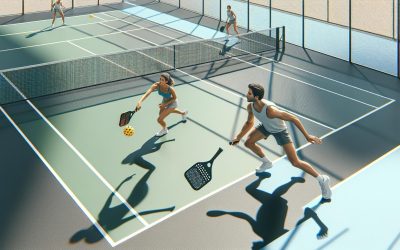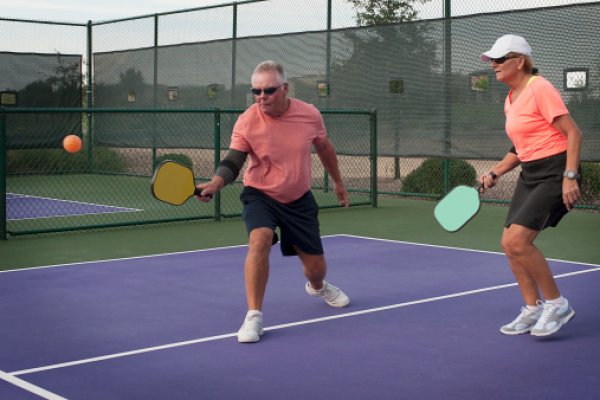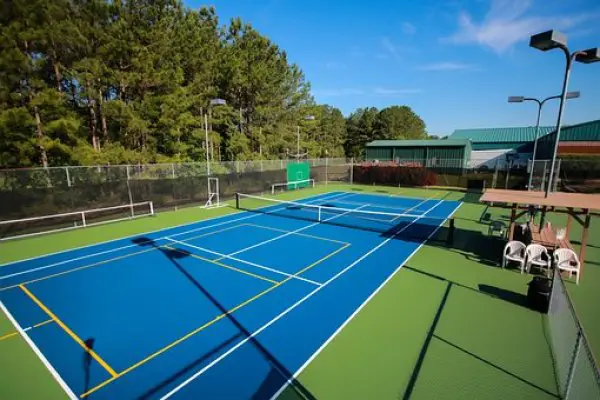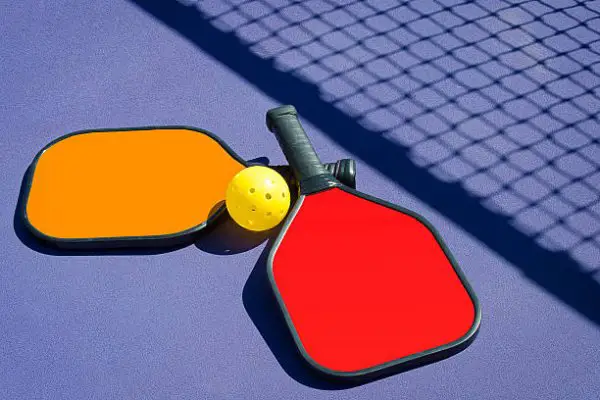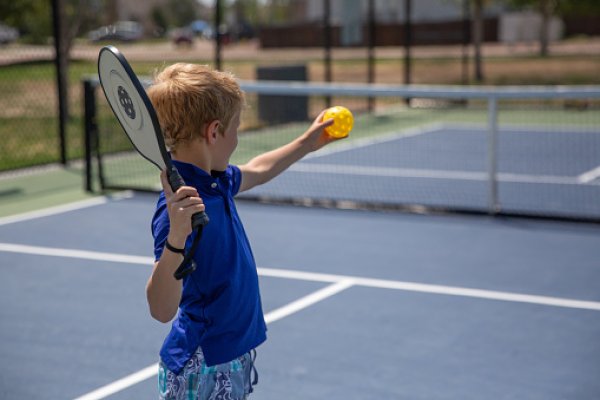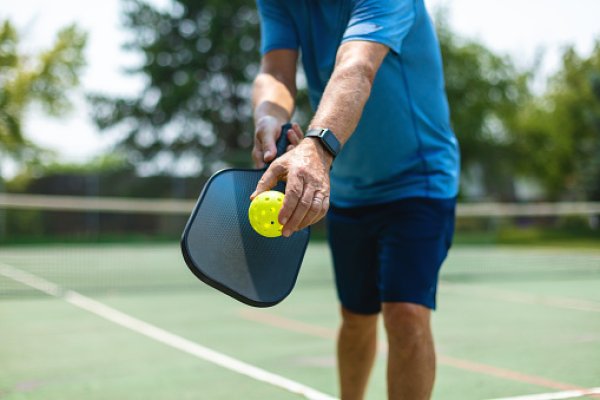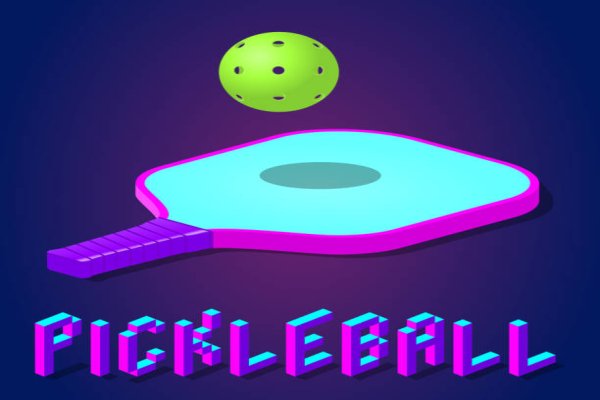PICKLEBALL FOR ALL
Unleash the Fun, Master the Game Serving Smiles on the Pickleball Court!

Invented
Players
Avg Time Played
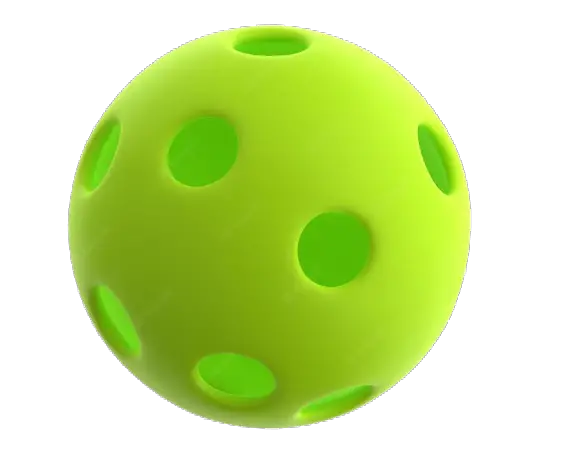

Pickleball 101
Court Size
Pickleball is often described as a more accessible and beginner-friendly alternative to tennis due to its smaller court size and slower ball speed.
Rules
Once the ball is served, both teams must let it bounce once on their side before volleys (hitting the ball in the air) are allowed.
The Game
The game starts with an underhand serve, and the serving team must keep at least one foot behind the backline until the serve is made.
Rules
After the two bounces (one on each side) during the serve, the ball can be played either on the bounce or volleyed as desired.
See Our Latest Posts
Understanding Faults in Pickleball: Rules & Prevention Tips
Discover the essential rules of pickleball and learn how to avoid faults for improved gameplay. From the two-bounce rule to the non-volley zone, this guide covers crucial regulations and fault-prevention strategies to elevate your game.
Mastering Doubles Pickleball: Essential Rules for Serving Sequence
Unlock the key strategies for mastering the serving sequence in doubles pickleball. Learn how to avoid common mistakes, maintain the right order, and apply effective serving techniques for a competitive edge.
Mastering Pickleball: Rally Scoring System Explained in Detail
Discover the inner workings of pickleball’s rally scoring system, where both serving and receiving teams can score, demanding strategic depth and team coordination for victory. Learn how a two-point lead is required to win, keeping the game fair and competitive.
Maximize Pickleball Fun: Age & Skill Level Divisions Explained
Discover the benefits of age and skill level divisions in pickleball, ensuring a fair, enjoyable, and safe environment for all players. Learn how these categorizations foster community, inclusivity, and competitive growth, from beginners to advanced enthusiasts.
Indoor vs. Outdoor Pickleball: Key Rule Differences Explained
Explore the key differences between indoor and outdoor pickleball, including how playing surfaces and environmental factors like wind and sun affect game strategies. Learn how to adapt your skills for precision in indoor settings and strategic plays outdoors.
Mastering Pickleball: Simplified Non-Volley Zone Rules & Winning Tips
Unlock the secrets of the non-volley zone in pickleball for improved gameplay. Learn the essential rules, shots, and techniques for precision and strategy, from mastering the Dink Shot to the psychological edge of varied play.
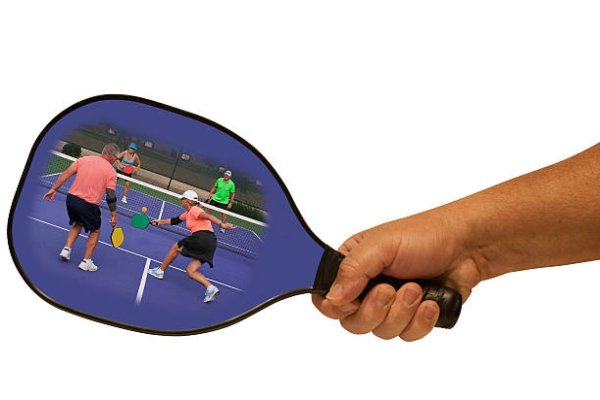
Pickleball Game Facts:
Pickleball is often described as a more accessible and beginner-friendly alternative to tennis due to its smaller court size and slower ball speed.
The game starts with an underhand serve, and the serving team must keep at least one foot behind the backline until the serve is made.
Once the ball is served, both teams must let it bounce once on their side before volleys (hitting the ball in the air) are allowed.
After the two bounces (one on each side) during the serve, the ball can be played either on the bounce or volleyed as desired.
The ball must stay in play and not go out of bounds or touch the non-volley zone (the kitchen) during the rally.
Players can score points only when serving, and if they win the rally, they get to retain the serve for the next point.
Team Size:
Pickleball can be played in singles or doubles format. In singles, it’s a one-on-one game, while doubles involves two players on each team.
Doubles is the most popular format of the game, and it’s often preferred due to its social and team-oriented nature.
A standard pickleball match consists of two teams, each with two players, playing against each other.
The two players on a team work together to cover the court and strategize during the match.
Time Played:
The duration of a pickleball match can vary based on factors such as skill level, game format (singles or doubles), and the scoring system used.
Generally, a pickleball game played to 11 points may take around 15 to 30 minutes to complete.
Competitive matches, especially at higher levels, can last longer, ranging from 30 minutes to an hour or more.
Some tournaments and events may have time limits for matches, ensuring the smooth progression of the overall competition.
Pickleball’s relatively short duration makes it an attractive sport for players who want to get some exercise and have fun without committing to long matches.
It’s worth noting that the duration of a pickleball match can vary widely based on individual playing styles, the pace of the game, and other external factors. As with any sport, the actual time played can be influenced by various circumstances.
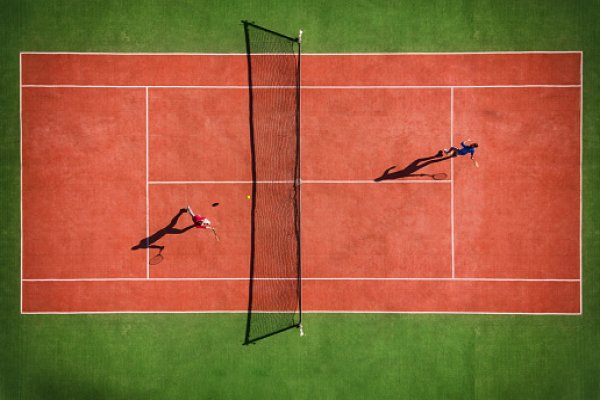
Get in touch (and in shape)






